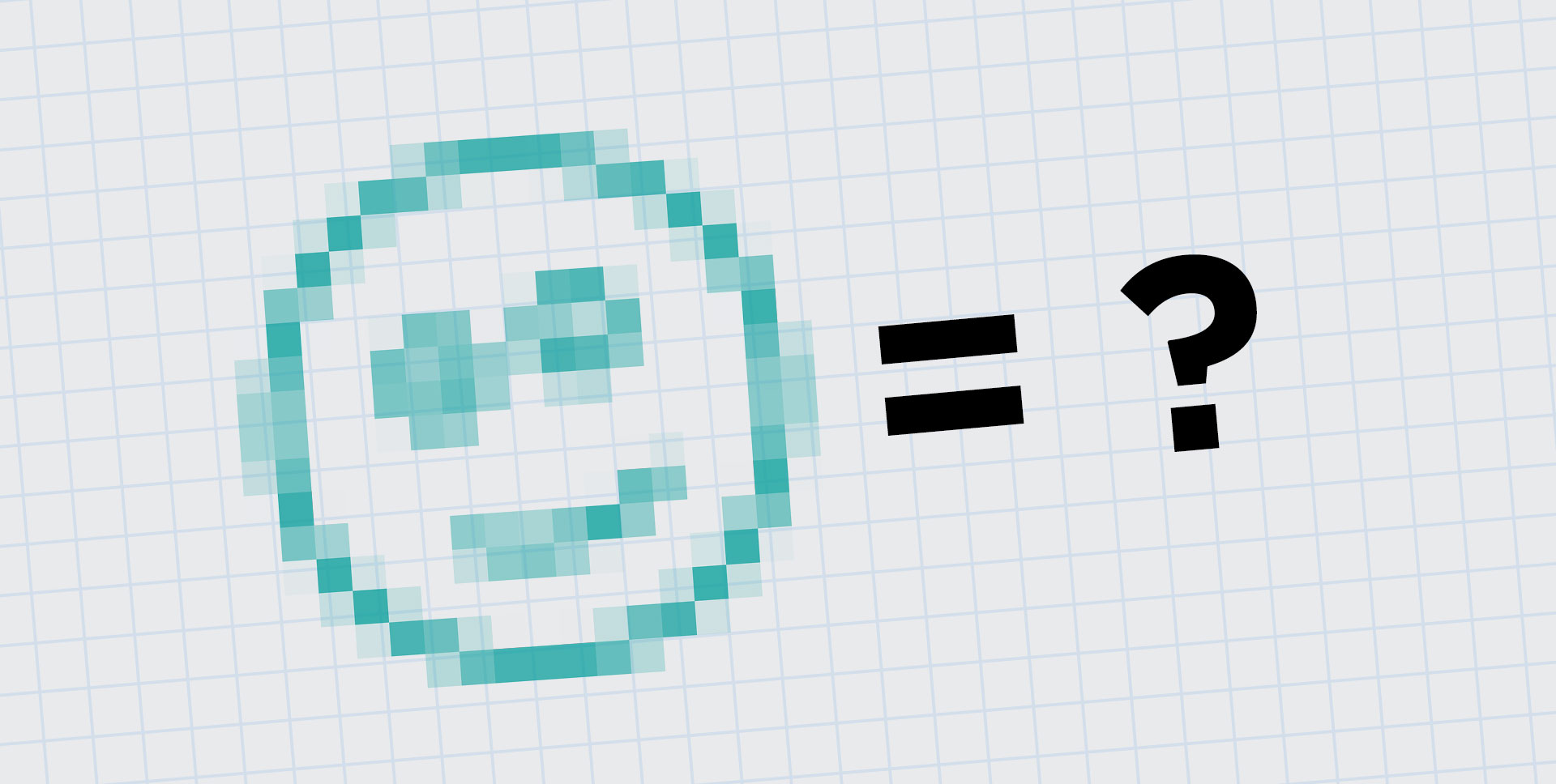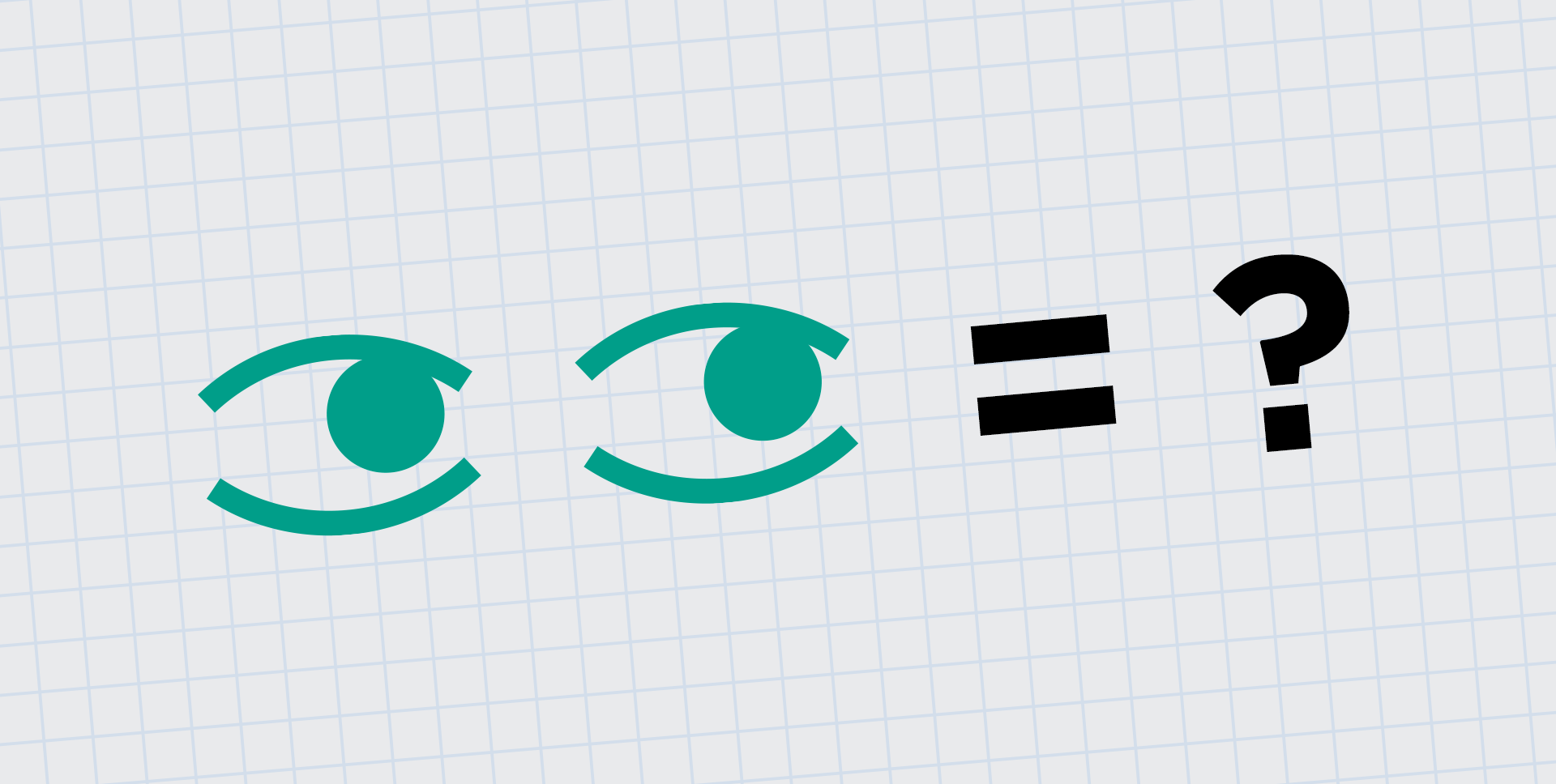
You are watching TV when suddenly an advertisement comes on. Screeching! Bombastic! Exhorting you, yet again, to go to a particular shop to spend your hard-earned cash on some low-quality plastic trinket. It seems like the millionth time that you have seen and heard, this cacophony of cheapness!
How do you feel? Does this advertisement impel you leave your comfortable chair and drive down to the store in question? Or does it bring a scowl to your face as your eyes glaze over from boredom?
The next advertisement comes on. It is part of a series. It continues a story. You know you've seen it before, but you don't care. You're secretly hoping that it would be the next instalment, but hey, this one's still entertaining. You watch. It reminds you that you've run out of the product being promoted. Better get some on the way home from work!
The thing is your emotions have totally driven your reactions to the two advertisements. The two promotions have drawn completely different responses from you. The products themselves are irrelevant. Two decidedly different types of ads have resulted in two entirely different reactions.
In today’s world many marketers fear not evoking any reaction at all and consider any emotion valuable. Is any reaction truly better than no reaction?




